For the First Time in More Than 100 Years, Scientists Discover New Seal Genus
The now extinct Caribbean monk seal shares an evolutionary connection with the endangered Hawaiian monk seal—one more reason to save the species
/https://tf-cmsv2-smithsonianmag-media.s3.amazonaws.com/filer/8e/b7/8eb790dd-8150-415b-b0da-ae9dec96f258/carribeanmonksealedit.jpg)
On his second voyage to the New World, Christopher Columbus and his crew encountered many marine inhabitants of the Caribbean including “sea wolves”—known today as Caribbean monk seals (Monachus tropicalis). To European sailors and adventurers, these exotic animals were both a source of wonder…and of pelts and food.
You won’t see monk seals in warm Caribbean waters today, though. Over-hunting decimated local populations, now classified as extinct. The species hasn’t been seen since 1952, but two of its relatives—the Hawaiian monk seal (Monachus schauinslandi) and the Mediterranean monk seal (Monachus monachus)—are still around. Scientists have long held questions about exactly how closely related the three species are.
A study published today in Zookeys fills in some of the blanks in the Caribbean monk seal’s evolutionary history. Until now, they’ve been lumped together in the same Monachus genus as the other two. However, based on new morphological and genetic evidence, the scientists suggest that Hawaiian and Caribbean monk seals are so different from their Mediterranean brethren that they belong in a new genus, which they dubbed Neomonachus.
Scientists are constantly searching for undiscovered organisms, but it’s pretty rare to name a new genus. “In seals, sea lions and walruses that are just so well studied, this is just something that doesn’t really happen,” says Kris Helgen, a zoologist at the National Museum of Natural History and a co-author on the study. In fact this is the first time anyone has found a new seal, walrus, or sea lion genus in 140 years.
Evidence has suggested that Hawaiian monk seals were very distantly related to the Mediterranean species. They live on opposite sides of the globe, so that makes sense. “What’s really been a missing piece of the puzzle is where the Caribbean monk seal fits in with them,” says Helgen.
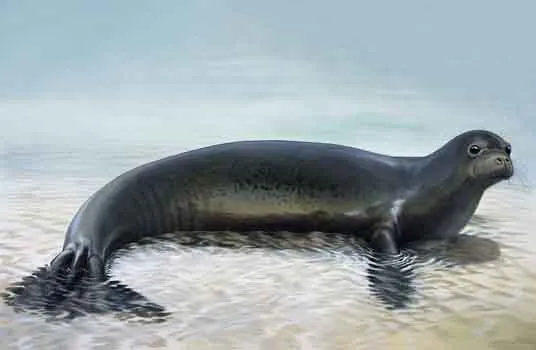
To solve this puzzle, Helgen and his colleagues delved into the museum’s historical collections of monk seal specimens. Once Caribbean monk seals numbered 233,000 to 338,000 across the Caribbean Sea, but today even museum specimens are rare.
However, the Smithsonian has long been home to unprecedented collections of plant, animal and fossil specimens, including a large selection of monk seals that were collected during biological expeditions at the turn of the century and even animals that lived out their lives at the National Zoo.
Armed with this rich, well-documented collection, the team examined the features of monk seal skeletons from each species. The Hawaiian and Caribbean monk seals had some key differences: narrower skulls, less pronounced brow lines, and a longer snout, among other features, which set them apart from their Mediterranean kin.
They extracted DNA from skin samples—some collected from Caribbean seals deceased in the field and others from former residents of the National Zoo. Comparing the genetic sequences, they zeroed in on a gene found in mitochondria, the energy factories found in every cell. Mitochondrial DNA is passed from mother to child and provides a way for researchers to trace changes in a lineage. This particular gene has been extensively studied, and given what they know about how the genetic sequence evolved over millennia, scientists can estimate when species diverged.
According to their results, the Hawaiian and Caribbean species are more closely related to each other than they are to the Mediterranean species. In other words, the former two are separated sisters, and the latter is their distant cousin. In fact, the Hawaiian and Caribbean species are so similar and as a group so distinct from the Mediterranean monk seals that the scientists determined a new genus was needed.
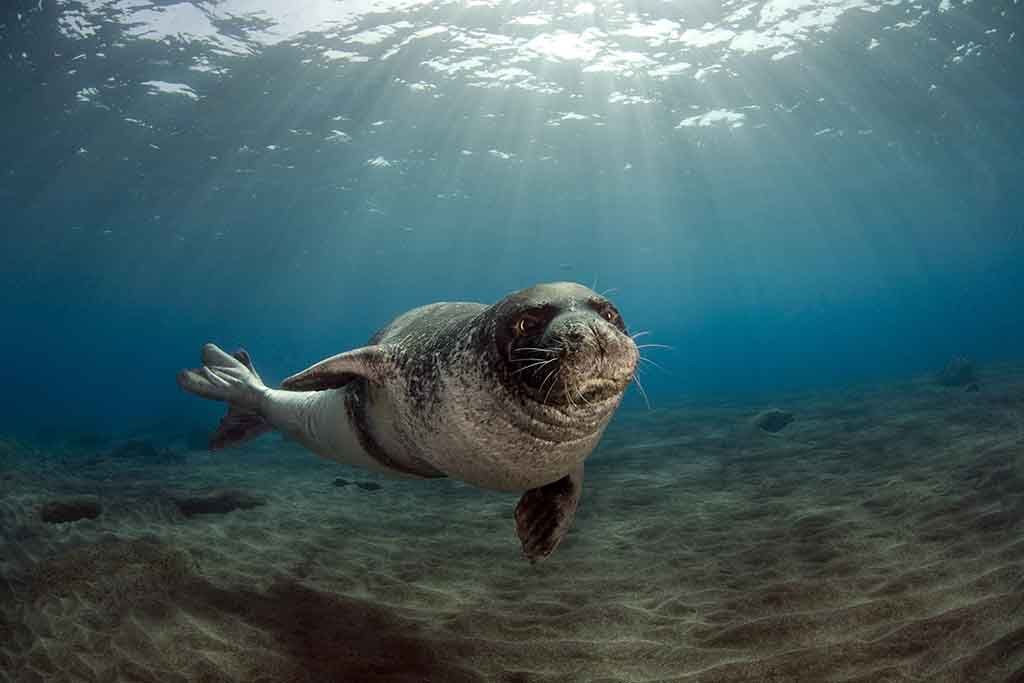
They found that the two New World species split off from their Old World brethren around 6.3 million years ago. The divergence of these two monk seal groups is older than any other seal genus recognized by taxonomists.
DNA analysis shows that the split between the Caribbean and Hawaiian monk seals happened later, around 3 to 4 million years ago. Geologic evidence synchs with this date: As the Atlantic ocean widened, tectonic plate shifts were slowly pushing North and South America closer and closer together. Monk seals could still swim freely from Atlantic to Pacific across an ancient body of water in between called Central American Seaway. But by 3 to 4 million years ago, the Isthmus of Panama finally closed, splitting Atlantic from Pacific and marooning the two seal species on either side of the Americas. When the continents joined, the species split genetically, as well.
Changing the classification of Monachus tropicalis and Monachus schauinslandi to Neomonachus tropicalis and Neomonachus schauinslandi may seem semantic and only interesting for evolutionary biology, so what’s the upshot for monk seals still around today? The IUCN classifies both the Hawaiian and Mediterranean species as critically endangered. Losing the Hawaiian monk seal in particular means losing an entire genus, so ironing out the family tree makes the case for conservation even more compelling (as if adorable images of Hawaiian monk seals weren’t compelling enough).
To that end, the researchers want to know more about how and why the Caribbean monk seal went extinct. Hunting was clearly an issue, but based on skin samples they have a hunch that a disease may have also played a part. Disease “can wipe out seal populations all over the world, and we know that there are disease concerns for the living monk seals,” says Helgen.
Understanding the demise of Caribbean monk seals, then, may allow us to better protect the two existing monk seal species from the same fate.
/https://tf-cmsv2-smithsonianmag-media.s3.amazonaws.com/accounts/headshot/Screen_Shot_2014-01-27_at_12.05.16_PM.png)
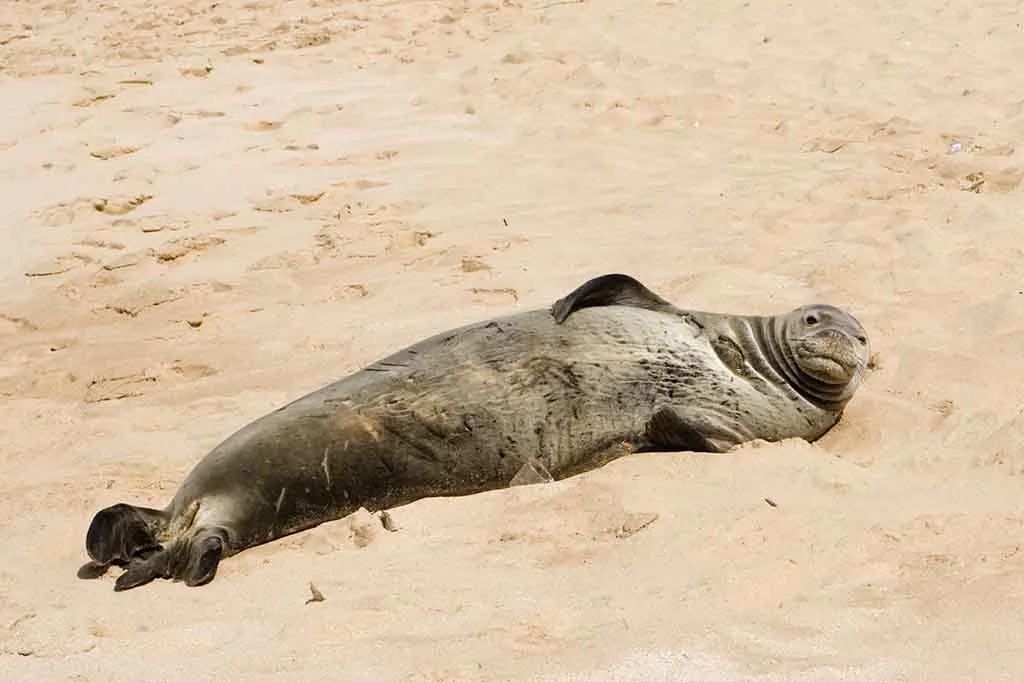
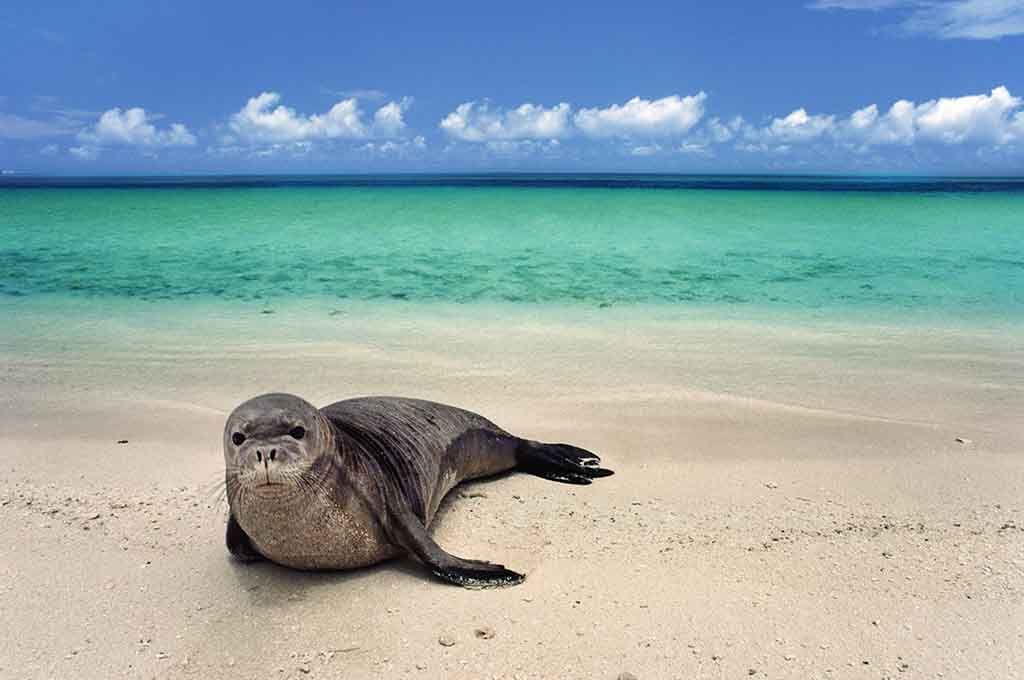
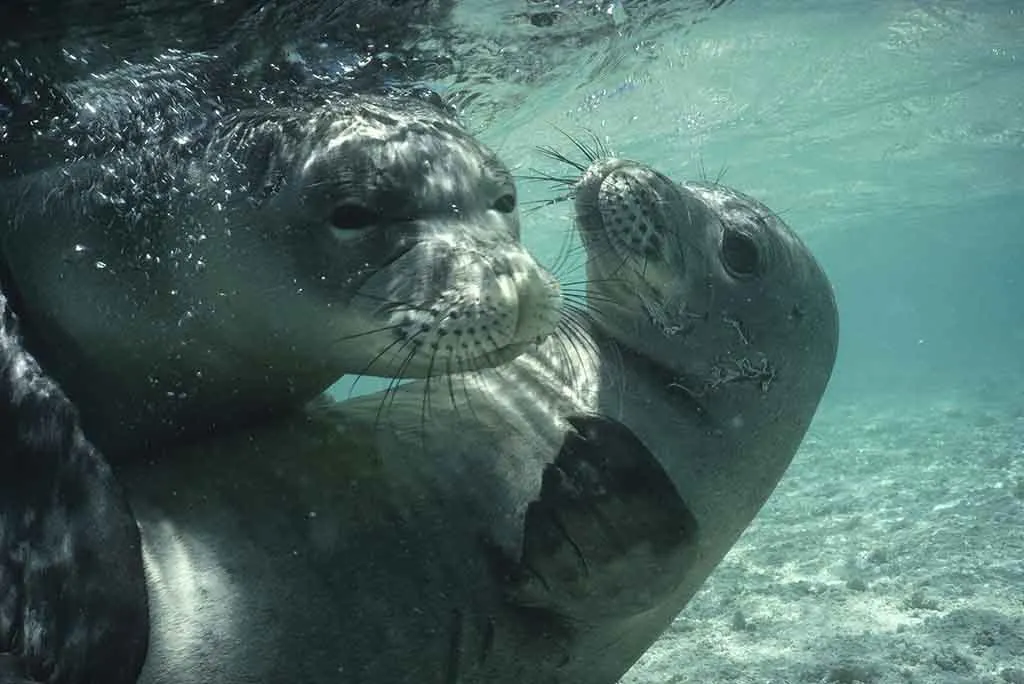

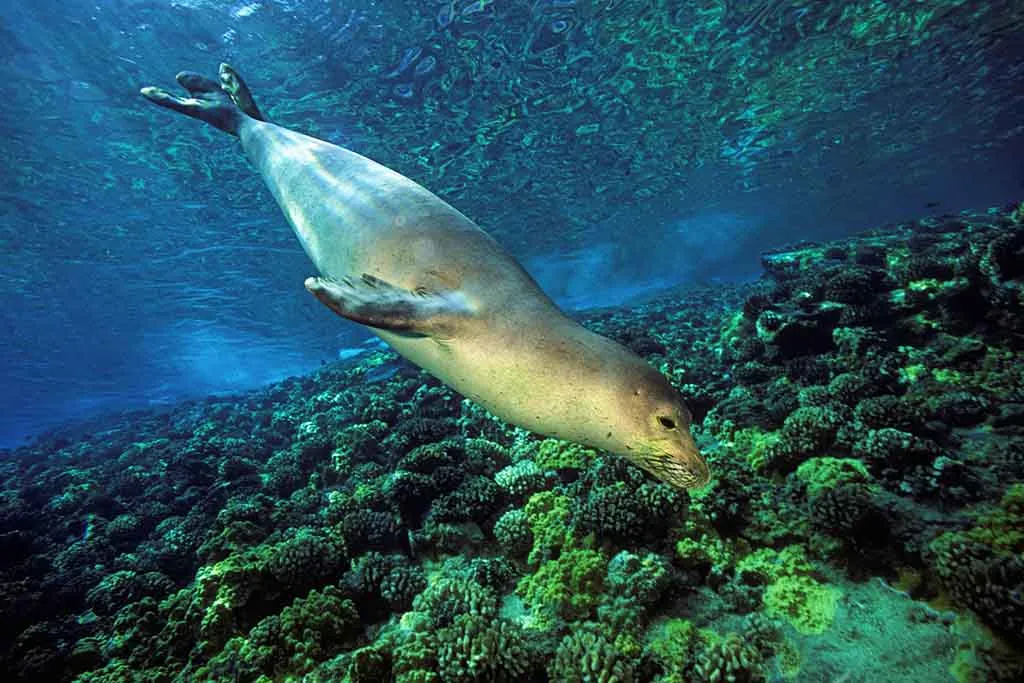
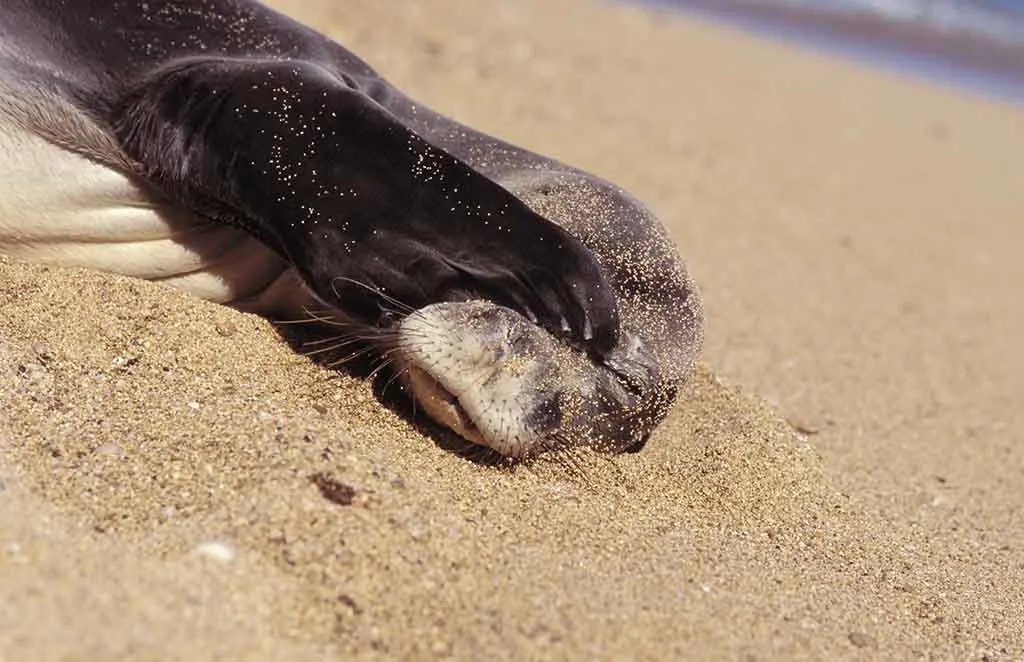
/https://tf-cmsv2-smithsonianmag-media.s3.amazonaws.com/accounts/headshot/Screen_Shot_2014-01-27_at_12.05.16_PM.png)